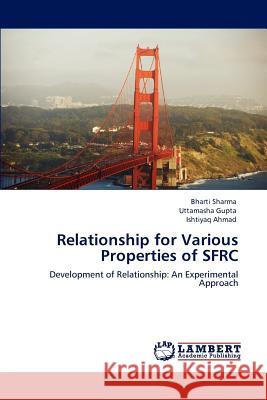Relationship for Various Properties of SFRC » książka
Relationship for Various Properties of SFRC
ISBN-13: 9783847315520 / Angielski / Miękka / 2011 / 56 str.
The low tensile strength of concrete, attributable to the existence of micro cracks at the aggregate-matrix interface, is responsible for crack formation and crack propagation. Discontinuous, discrete steel fibers of short lengths smaller in diameter have been used to improve the tensile and flexural strength of structural elements subjected to various loading conditions. Although the introduction of fibers into concrete reduces its workability, yet there is a significant improvement in the material behavior. The brittle characteristic of concrete is converted into a ductile one. Use of fibers alters the behavior of the fiber-matrix composite after it has cracked, thereby improving toughness. The goal of the work is to establish new relationships and to verify the available relationships between the various properties of Steel Fiber Reinforced Concrete (SFRC). Linear relationship between the flexural tensile strength and cube compressive strength are proposed for various percentages of fibers. The results indicate that fiber content in the range of 0.5% to 1% provide excellent toughness to normal strength concrete as compared to high strength concrete.











